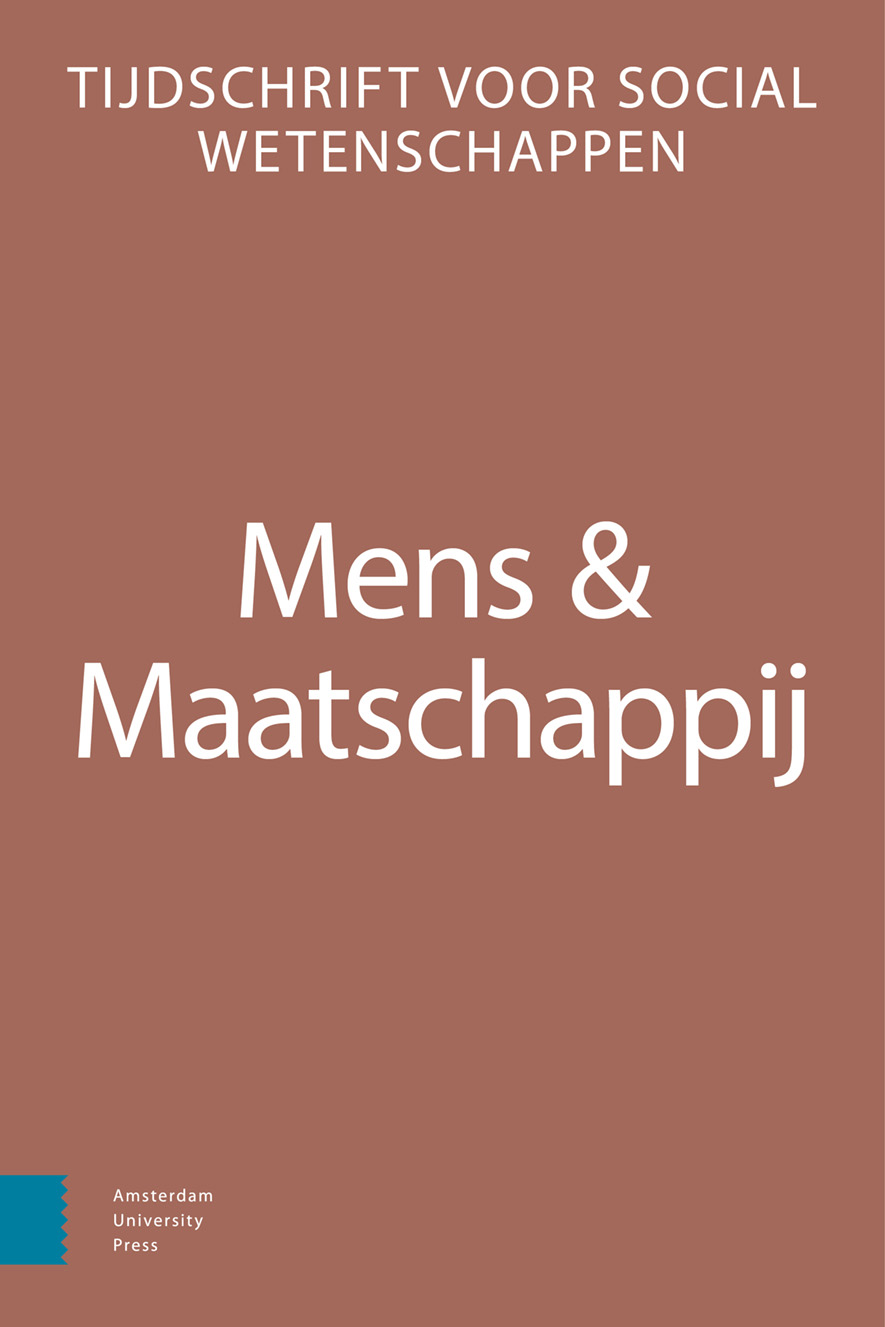
Full text loading...
We use cookies to track usage and preferences.I Understand
Work practices and employee vitality
This study investigates the relationship between the work practices and employee vitality. In the literature, there are two opposing views regarding this relationship. On the one hand, there is the expectation that these work practices are a resource contributing to the vitality of employees, while on the other hand, it is expected that these practices come with increased demands through which vitality decreases. Based on theoretical insights derived from Job-Demands Resources (JD-R) research, attribution theory, and social exchange theory, two contrasting hypotheses are formulated. In addition, two mediation hypotheses are formulated: a positive relationship between work practices and vitality is expected to be mediated by recognition by the organization and a negative one by work pressure. These hypotheses are tested with data from the European Working Conditions Survey 2015 of 34,399 employees from 35 European countries. The results show that there is a positive relationship between work practices and vitality and that this relationship is mediated by the recognition that employees experience.

Article metrics loading...

Full text loading...
References


Data & Media loading...

